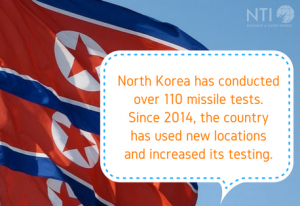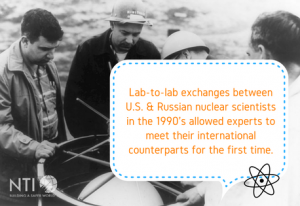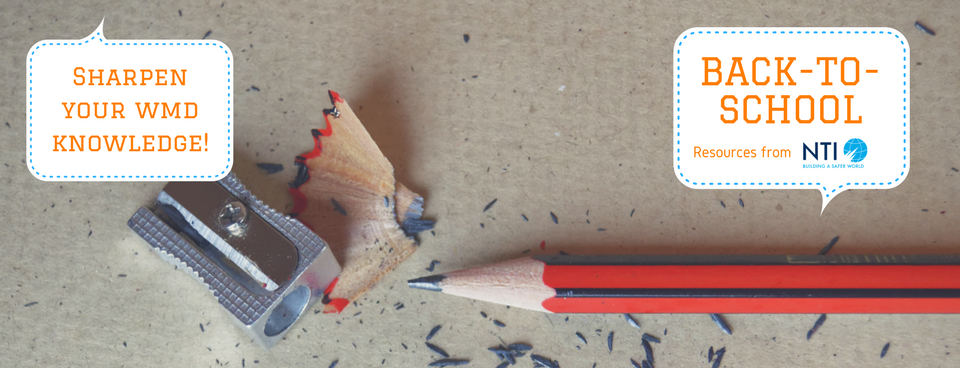
Meaghan Webster
Communications Manager
Atomic Pulse
Need to warm up your nuclear weapons knowledge before the
new school year? Want to impress your professors with your knowledge of nuclear
programs in the news? Need the most comprehensive up-to-date online resources
as you plan your students’ curriculum for the year?
Start by seeing if you can answer the following questions
about nuclear security and other weapons of mass destruction (WMD).
You can find the answers below, and more information on
these topics at NTI’s new
Back-To-School page.
Quiz Questions
1. Since 2014, North Korea has increased its
missile tests and changed its launch locations frequently. How many total
missile tests has the regime conducted?
2. In 2009, the infamous Stuxnet virus entered Iran’s Natanz Nuclear Fuel Enrichment plant, causing major devastation. How did the virus get in?
3. Lab-to-lab exchanges between the U.S. and what
other country in the 1990’s allowed nuclear experts to meet their international
counterparts for the first time?
4. In 1987, in what country did a major
radiological incident result in 4 deaths and $36 million in structural damages?
Answers

1. Answer: More than 100. Track North Korea’s increased missile tests using
our North
Korea Missile Test Database, created by the James Martin Center for
Nonproliferation Studies (CNS).
2. Answer:
Via a USB stick. NTI’s cybersecurity resources on our Back-To-School page can
tell you more, like our report, Outpacing Cyber Threats.

3. Answer:
Russia. These exchanges showed that even during the end of the Cold War, the
U.S. and Russia cooperated
on important security matters to reduce nuclear
dangers. NTI recommends ways
the U.S. and Russia can cooperate on similar initiatives today, even as
political tensions have escalated.
4. Answer:
Brazil. Thousands of sites in more than 100 countries house radiological
sources—usually a sealed source of radiation used in commercial or medical
devices, such as power sources for batteries, types of industrial gauges or
blood irradiation equipment. In what seems a cruel paradox, the very same
isotopes used for life-saving blood transfusions and cancer treatments also can
also be used to build a “dirty bomb.” Learn more in NTI’s
Radiological Security Progress Report.
Sign up for our newsletter to get the latest on nuclear and biological threats.
Eugenia Zoloto is a Ukrainian artist who specializes in paper cutting, collages, and illustrations, in addition to working with oil paints and mixed mediums. She lives in Kyiv with her husband and two children and is participating in the 2023 #CranesForOurFuture campaign by contributing a beautiful floral sculpture featuring an origami crane.
Considering the current nuclear landscape, the power of Christopher Nolan’s film and the moral and ethical questions raised by J. Robert Oppenheimer’s work, movie viewers may be motivated to act to advocate for a world without nuclear weapons. But how?
If you want to learn more about Oppenheimer’s bomb and what we must do to protect the world today and for future generations, NTI’s online library is the perfect place to go.



